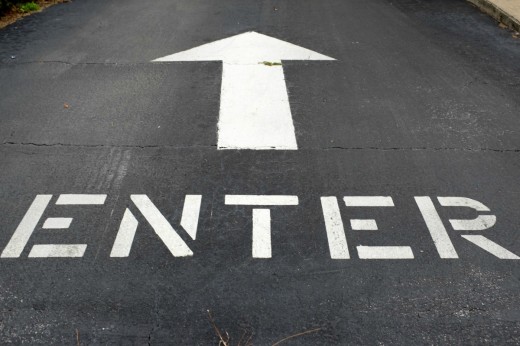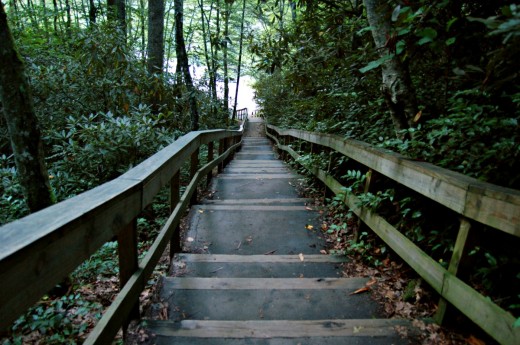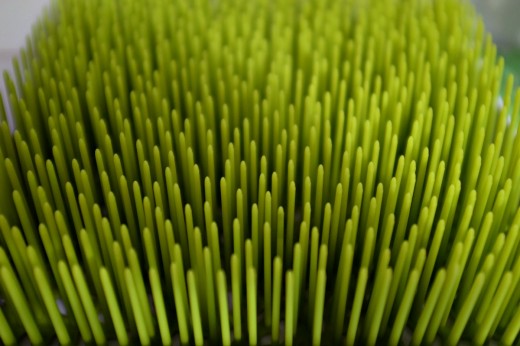We now realize there’s a hole in that road, and it leads you right into a bad habit. Yet even though you are more aware of your triggers (cues) and don’t do your bad habit every time, you still end up falling into the same hole.
In short, being aware of your triggers is definitely not a long-term solution. It will help drastically at first as you realize you can avoid them, but only for a short while.
What then, is a good long-term solution? How do you kick a bad habit, for good?!
Instead of not doing something — avoiding your triggers and carefully walking around the hole in the road — why not do something else?
Being aware of your triggers will help you to avoid them. But it’s incredibly hard to not do anything. Not doing something is similar to creating a vacuum by squeezing ketchup from a plastic bottle. The result is a vacuum — one which will is resolved by deforming the bottle or by letting in air to take its place. Either way, something displaces the ketchup no longer in the bottle.
It is incredibly difficult to stop habits. However, it is much easier to change an existing habit. (Feel free to confirm this with your own research.) Specifically, the most effective way to change a bad habit is to find another routine (and sometimes trigger) to yield the same reward.
Again, the best way to change a habit is to switch it.
Let’s say you want to stop watching TV. You could put an interesting book by the couch so you will see it when you sit down (the trigger). (Additionally, you could hide the remote or put a picture in front of the TV.) This way, reading the book would naturally replace your previous routine of watching TV.
Do you notice how both reading and TV have the same reward? In this case, it is mental stimulation.
This is important! The reward — the desire you want to fulfill — may not need to change. Often there are healthy ways of achieving the same reward.
To review: The routine goes. The reward stays.
Don’t just avoid the bad habit, but displace your bad routine with a better. There’s a hole in that road. So take another one instead!
This is much more reasonable than not doing something bad.
But wait — how do you figure out a habit’s reward? Tune in to the next post to find out.
What is a good routine you could use to displace a specific one? Be specific!





